Myths about teaching can hold you back
- Year 5
Water resistance: plan
I can plan an investigation to identify the effects of water resistance.
- Year 5
Water resistance: plan
I can plan an investigation to identify the effects of water resistance.
These resources were made for remote use during the pandemic, not classroom teaching.
Switch to our new teaching resources now - designed by teachers and leading subject experts, and tested in classrooms.
Lesson details
Key learning points
- Water Resistance is a force which acts to slow down or stop objects that are moving through liquid.
- Water resistance acts in the opposite direction to a moving object.
- Scientists ask questions about water resistance to help them to find out more about it.
- Scientists control variables and plan tests to investigate water resistance.
Keywords
Force - A force is a push or a pull. Forces can make objects change speed, change direction or change shape.
Water resistance - Water resistance is a type of friction force which acts between a liquid and the surface of an object.
Comparative test investigation - In a comparative test, the thing that is being changed has labels, such as the types of materials.
Variables - A variable is something that can be changed, measured or kept the same in an investigation.
Common misconception
All objects experience the same amount of water resistance, regardless of their size or shape.
Discussion and explicit teaching. The investigation they plan will, in the next lesson, show them that this is not true.
To help you plan your year 5 science lesson on: Water resistance: plan, download all teaching resources for free and adapt to suit your pupils' needs...
To help you plan your year 5 science lesson on: Water resistance: plan, download all teaching resources for free and adapt to suit your pupils' needs.
The starter quiz will activate and check your pupils' prior knowledge, with versions available both with and without answers in PDF format.
We use learning cycles to break down learning into key concepts or ideas linked to the learning outcome. Each learning cycle features explanations with checks for understanding and practice tasks with feedback. All of this is found in our slide decks, ready for you to download and edit. The practice tasks are also available as printable worksheets and some lessons have additional materials with extra material you might need for teaching the lesson.
The assessment exit quiz will test your pupils' understanding of the key learning points.
Our video is a tool for planning, showing how other teachers might teach the lesson, offering helpful tips, modelled explanations and inspiration for your own delivery in the classroom. Plus, you can set it as homework or revision for pupils and keep their learning on track by sharing an online pupil version of this lesson.
Explore more key stage 2 science lessons from the Forces including simple machines unit, dive into the full primary science curriculum, or learn more about lesson planning.

Equipment
Not essential but modelling dough & a 2 litre plastic bottle full of water would help with planning.
Content guidance
- Risk assessment required - equipment
Supervision
Adult supervision required
Licence
Prior knowledge starter quiz
6 Questions
Q1. is the force which acts between a moving sledge and the snow, in the opposite direction to the movement.
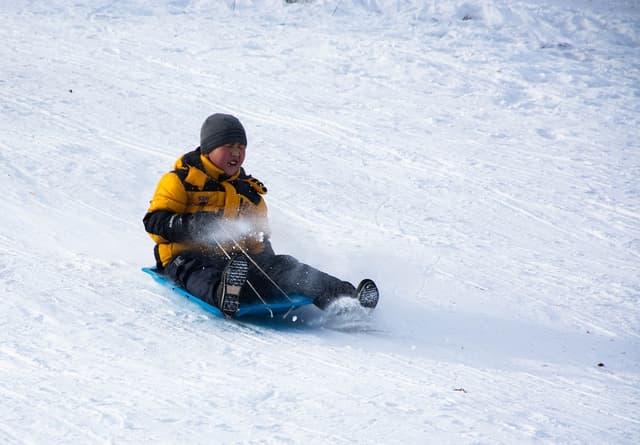
Q2.Long thin shapes have less air because there is less area for air to bump into.
Q3.What is the surface area of an object?
Q4.Match the object shape to the relative size of its surface area:
large surface area
small surface area
Q5.These shapes are all made with the same mass of sticky tack. Which one of them has the greatest surface area?
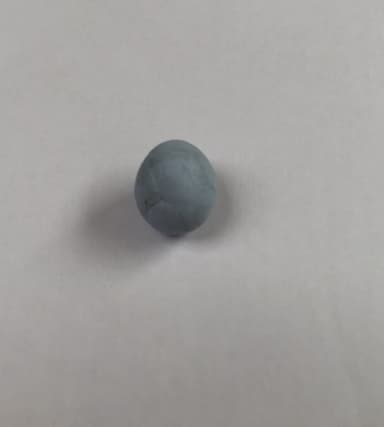
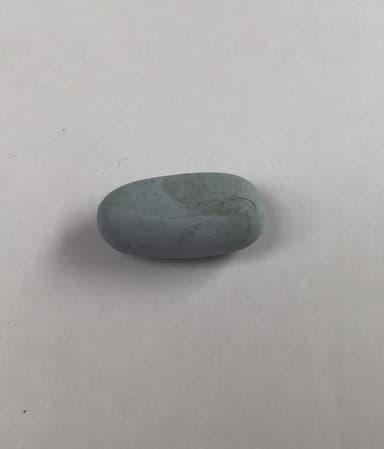
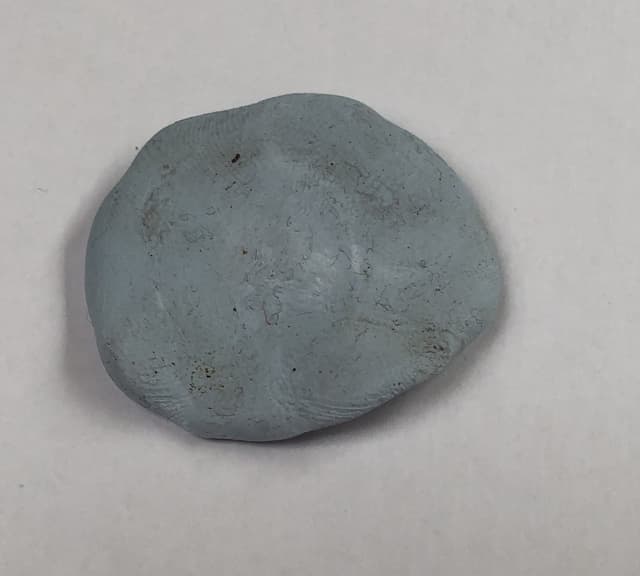
Q6.If you want to fall through the air as slowly as possible you should __________ your surface area.
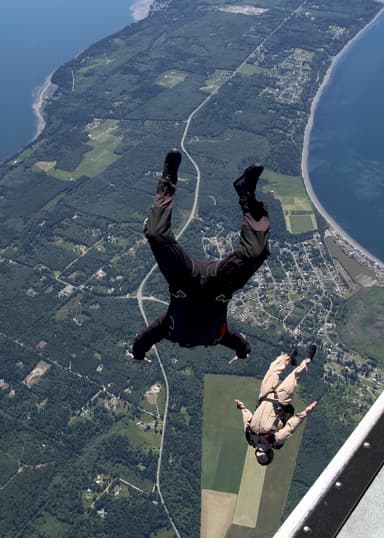
Assessment exit quiz
6 Questions
Q1.Which of these is not a liquid at room temperature?
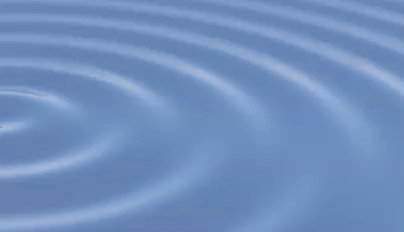
Q2. is a force which acts to slow down or stop objects that are moving through liquid.
Q3.Scientists plan tests and control to investigate water resistance.
Q4.Why might scientists ask questions about water resistance?



